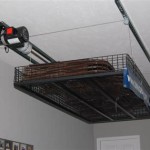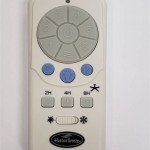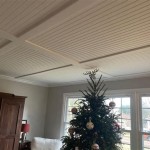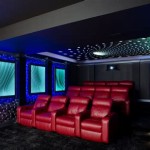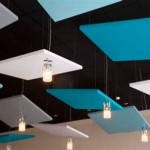Ceiling mount projector screens are an ideal way to get a cinematic experience in the comfort of your own home. Whether you’re watching movies, playing video games, or engaging in virtual meetings, these screens are an efficient way to improve your viewing experience. Here’s everything you need to know about ceiling mount projector screens.
Types of Ceiling Mount Projector Screens
Ceiling mount projector screens come in a variety of types, including manual pull-down, electric, and tab-tensioned. Manual pull-down screens are the most common type; they’re powered by a spring system that allows you to pull down the screen with minimal effort. Electric screens are powered by a motor and are ideal for larger screens or those in difficult to reach places. Tab-tensioned screens provide the flattest image possible and are perfect for professional or home theater applications.
Choosing the Right Size of Ceiling Mount Projector Screen
When choosing the size of your ceiling mount projector screen, there are several factors to consider. First, you’ll need to measure the space where you plan to install the screen. You should also consider the size of your projector’s image, as well as the viewing distance. Generally, the farther away you sit from the screen, the larger it should be. For example, if you plan to sit 8 feet away from the screen, you should choose a screen that’s at least 90 inches wide.
Installation of Ceiling Mount Projector Screens
Installing a ceiling mount projector screen is a relatively straightforward process. First, you’ll need to assemble the mounting bracket and attach it to the ceiling using screws or wall anchors. Next, you’ll need to attach the screen to the bracket and secure it in place. The last step is to connect the power cables, if your screen is electric. After installation, you can use a projector to cast your image onto the screen.
Benefits of Ceiling Mount Projector Screens
Ceiling mount projector screens offer a variety of benefits, including improved image quality, increased viewing angles, and enhanced convenience. They’re also more aesthetically pleasing than wall-mounted screens, and they can be installed in a variety of places, including basements and attics. Plus, they’re easy to install and provide a cinematic experience in the comfort of your own home.














Related Posts



